Harvard Medical School researchers are studying one of the most mysterious — and most essential — senses
Tag: Neurons
Brain Overgrowth Dictates Autism Severity, New Research Suggests
Some children with autism thrive, while others require lifelong care. Now scientists know why — and the reason begins in the womb.
Scientists aim to stop harmful gut bacteria triggering Alzheimer’s
Australian scientists are exploring how harmful gut bacteria from a poor diet can access the brain and trigger early onset Alzheimer’s disease.
T. rex not as smart as previously claimed, scientists find
Dinosaurs were as smart as reptiles but not as intelligent as monkeys, as former research suggests.
Welcome to a world where we can cure blindness, chronic pain and neurological diseases with 3D printed surgical implants
Clever bio-inks that sit inside the human body and restore damaged neurons could cure a whole swathe of diseases in the next 20 years: conditions that have baffled scientists and clinicians for centuries.

Cedars-Sinai Study Details Workings of Short-Term Memory
Cedars-Sinai investigators have discovered how brain cells responsible for working memory—the type required to remember a phone number long enough to dial it—coordinate intentional focus and short-term storage of information.
Researchers observe at the atomic level the neuronal ‘gate’ for essential molecules in learning and memory
The protein Asc-1 serves as the gateway (either for entry or exit) for fundamental amino acids involved in cognitive processes. A new study now unveils its structure and mechanism of action.
Following Cellular Lineage
A group of researchers based at UC San Diego and Rady Children’s Institute have advanced the understanding of how the cerebral cortex develops by tracing the lineage of certain brain cells.
Cell’s ‘Garbage Disposal’ May Have Another Role: Helping Neurons Near Skin Sense the Environment
The typical job of the proteasome, the garbage disposal of the cell, is to grind down proteins into smaller bits and recycle some of those bits and parts. That’s still the case, for the most part, but, Johns Hopkins Medicine researchers, studying nerve cells grown in the lab and mice, say that the proteasome’s role may go well beyond that.
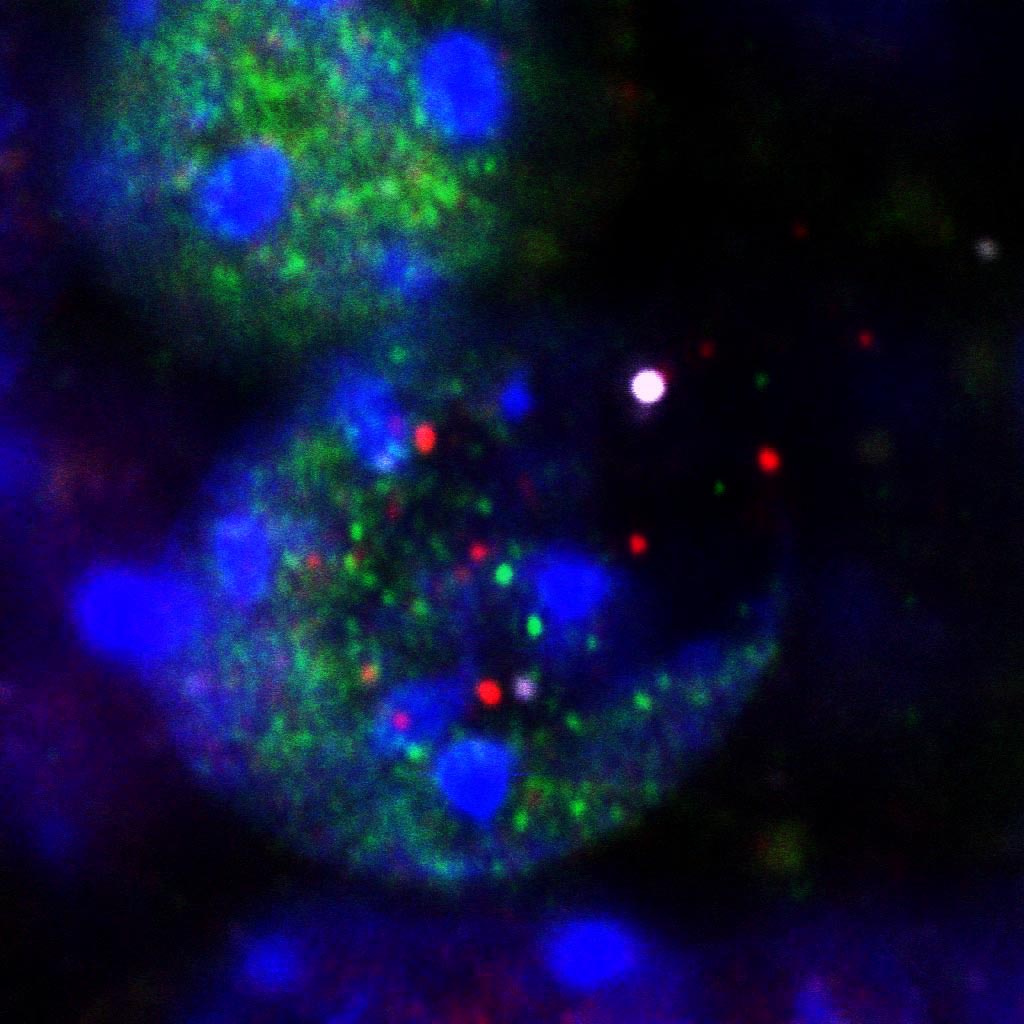
Making Long-Term Memories Requires Nerve-Cell Damage
Just as you can’t make an omelet without breaking eggs, scientists at Albert Einstein College of Medicine have found that you can’t make long-term memories without DNA damage and brain inflammation. Their surprising findings were published online today in the journal Nature.
Mapping potential pathways to MND treatment
For the first time, researchers from The University of Queensland (UQ) have mapped out the proteins implicated in the early stages of motor neurone disease (MND).

How the Brain’s Internal Compass Guides the Body
A study in fruit flies reveals how the brain’s compass and steering regions make course corrections
An unexpected link between 2 schizophrenia risk proteins
The discovery of a physical interaction between two proteins in brain cells that can be traced in mice to control of movement, anxiety and memory could one day open the door to development of new schizophrenia treatment strategies, researchers say.
Cellular Atlas of Amygdala Reveals New Treatment Target for Cocaine Addiction
Researchers at University of California San Diego School of Medicine have used single-cell sequencing to identify a potential new treatment for cocaine addiction and shed new light on the molecular underpinnings of addiction.
Tracing maternal behavior to brain immune function
Immune system changes in the pregnant body that protect the fetus appear to extend to the brain, where a decrease in immune cells late in gestation may factor into the onset of maternal behavior, new research in rats suggests.
Researchers Uncover Signal Needed for Blood-Brain Barrier
What makes the vital layer of protective cells around the brain and spinal cord — the blood-brain barrier — more or less permeable has been one of the more mystifying questions in neuroscience.
Chronic stress-related neurons identified
Researchers at Karolinska Institutet in Sweden have identified a group of nerve cells in the mouse brain that are involved in creating negative emotional states and chronic stress.
COVID-19 can cause brain cells to fuse
Researchers at The University of Queensland have discovered viruses such as SARS-CoV-2 can cause brain cells to fuse, initiating malfunctions that lead to chronic neurological symptoms.

Flexible nanoelectrodes can provide fine-grained brain stimulation
According to a study published in Cell Reports, the tiny implantable devices formed stable, long-lasting and seamless tissue-electrode interfaces with minimal scarring or degradation in rodents.
Running Throughout Middle Age Keeps ‘Old’ Adult-born Neurons ‘Wired’
A new study provides novel insight into the benefits of exercise, which should motivate adults to keep moving throughout their lifetime, especially during middle age. Long-term exercise profoundly benefits the aging brain and may prevent aging-related memory function decline by increasing the survival and modifying the network of the adult-born neurons born during early adulthood, and thereby facilitating their participation in cognitive processes.
Scientists Enhance New Neurons to Restore Memory, Elevate Mood in Alzheimer’s Disease Research Model
UNC School of Medicine scientists demonstrated that stimulating a brain region called Supramammilary nucleus (SuM) located in the hypothalamus effectively enhanced adult-born neurons in the otherwise impaired Alzheimer’s brains of mice.
Potential Treatment Target for Rare Form of Infant Epilepsy Identified
New research from Tufts University School of Medicine and the Graduate School of Biomedical Sciences suggests that the timing of the death of certain inhibitory neurons in the brain shortly after birth may be at least partly to blame for infantile spasms syndrome (ISS), a rare but devastating form of epilepsy that develops most frequently between four and eight months of age but can emerge within weeks of birth until ages 4 or 5.
A New Strategy for Repairing DNA Damage in Neurons
Researchers discover a mechanism used by neurons to repair damage that occurs during neuronal activity
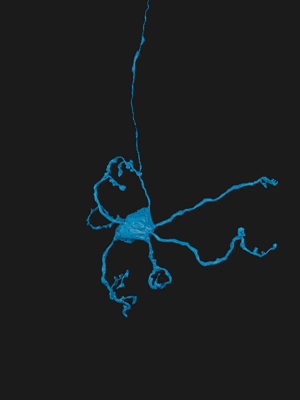
A New Field of Neuroscience Aims to Map Connections in the Brain
Scientists working in connectomics are creating comprehensive maps of how neurons connect to one another
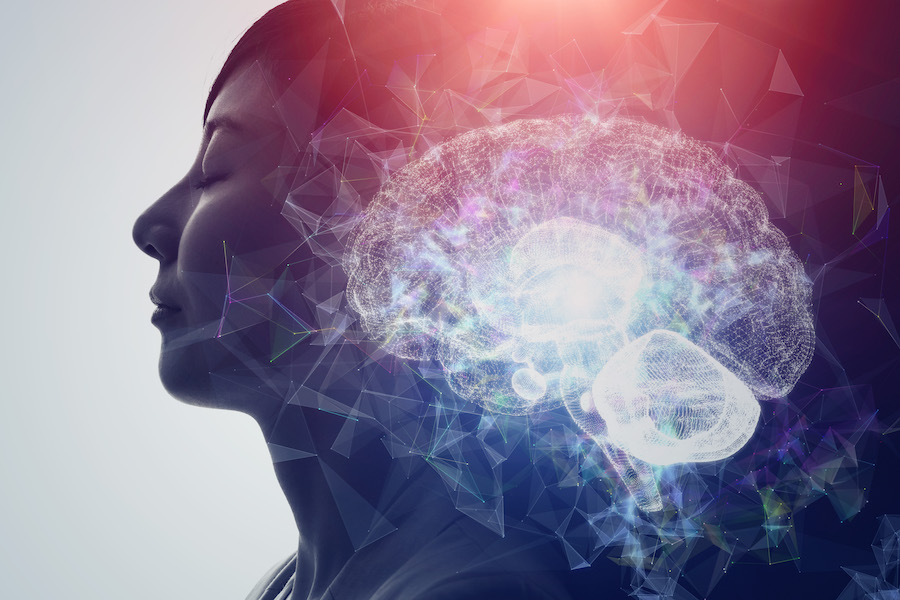
New research shows dynamics of memory-encoding synapses in the brains of live mice
A University of Minnesota Twin Cities researcher is part of an international team that has used two-photon imaging technology to show, for the first time, the creation and elimination of synapses between neurons in the brains of live mice.
Study Gives Peek of How Ketamine Acts as ‘Switch’ in the Brain
Researchers find that the anesthetic and fast-acting antidepressant switches natural patterns of neuronal activity in the cortex of mice
New Research on Neuronal Response to Calcium Imaging Aid Interpretation of Data without Electrophysiology Recordings
Article title: Simultaneous whole-cell patch-clamp and calcium imaging on myenteric neurons Authors: Zhiling Li, Werend Boesmans, Youcef Kazwiny, Marlene M. Hao, Pieter Vanden Berghe From the authors: “Our findings will help in the interpretation of calcium imaging data without the…
Researchers uncover where and why proteins malfunction in Parkinson’s disease
Scientists at the Francis Crick Institute, UCL and the University of Edinburgh have uncovered how a build-up of harmful protein starts to happen within neurons in Parkinson’s disease, ultimately causing nerve cell death.
FAU, Israel Scientists ‘Team Up’ to Tackle Alzheimer’s-related Mood Disorders
Researchers from Florida Atlantic University, in collaboration with Tel Aviv University, have received a two-year, $379,177 grant from the National Institute on Aging, National Institutes for Health, on a collaborative project to study mood-disorders changes in Alzheimer’s disease.
A Sense of Place
Research in mice reveals molecular mechanisms that underlie spatial mapping in the brain
Untapped potential of stem cells could aid repair of spinal cord damage
Scientists at the Francis Crick Institute have identified a group of latent stem cells that respond to injury in the central nervous system of mice.
A role for cell ‘antennae’ in managing dopamine signals in the brain
A historically overlooked rod-like projection present on nearly every cell type in the human body may finally be getting its scientific due: A new study has found that these appendages on neurons in the brain have a key role in ensuring a specific dopamine receptor’s signals are properly received.

Neurons sync their beats like clocks on the wall
In 1665, the Dutch scientist Christiaan Huygens hanged two of his recently invented pendulum clocks on a wooden beam and observed that as time passed, the clocks aligned their beats. Three and a half centuries later, neurons in the brain were found to sync their activities in a similar way.
Building a Better Painkiller
On a quest to develop more effective pain medicines, scientists are studying how CBD inhibits pain-sensing neurons
Brain Ripples May Help Bind Information across the Human Cortex
Researchers at UC San Diego School of Medicine provide some of the first empirical evidence that brain ripples exist. These electrical waves have long been hypothesized as a way for the brain to integrate and encode memories.
Knocking Out Nausea
A new study in mice describes how different cell types in the brain work together to suppress nausea
Scientists Unravel the Mystery of Genes That Are Key to Brain Development
Scientists are starting to understand the precise workings of a type of gene that, unlike other genes, does not code for proteins – the building blocks of life.
For Communication Between Brain Areas, Milliseconds Matter
Understanding how brain areas communicate is one of the oldest questions in neuroscience.
How does the brain process heat as pain?
A team of researchers at the Case Western Reserve University School of Medicine believe they’ve found an answer to how thermal pain is sensed.
Molecular Mechanism Behind Migration Revealed in Salt-Seeking Worms
Researchers at the University of Tokyo have uncovered the molecular mechanism responsible for turning migratory actions on and off in nematode worms.
Molecular ‘Connector’ Helps Cocaine Latch on to Brain Cells, Even When Drug Is in Low Doses
Scientists have long known that cocaine works by latching on to molecular connectors on the surface of brain cells, allowing dopamine, a chemical that promotes feelings of pleasure and reward, to accumulate in the space between brain cells. Now, Johns Hopkins Medicine scientists say they have found a molecular connector, known as the BASP1 receptor, that binds cocaine, even when the drug is present in very low doses.
Why Ketamine Is a Speedster Antidepressant
Ketamine is the speedster of antidepressants, working within hours compared to more common antidepressants that can take several weeks. But ketamine can only be given for a limited amount of time because of its many side effects.
Newly Discovered Brain Cell Sheds Light on the Formation of Memories
Researchers have long known that memory is represented by changes in the part of the brain called the hippocampus.
The drug gabapentin may boost functional recovery after a stroke
The drug gabapentin, currently prescribed to control seizures and reduce nerve pain, may enhance recovery of movement after a stroke by helping neurons on the undamaged side of the brain take up the signaling work of lost cells, new research in mice suggests.
Neuromorphic memory device simulates neurons and synapses
Researchers have reported a nano-sized neuromorphic memory device that emulates neurons and synapses simultaneously in a unit cell, another step toward completing the goal of neuromorphic computing designed to rigorously mimic the human brain with semiconductor devices.
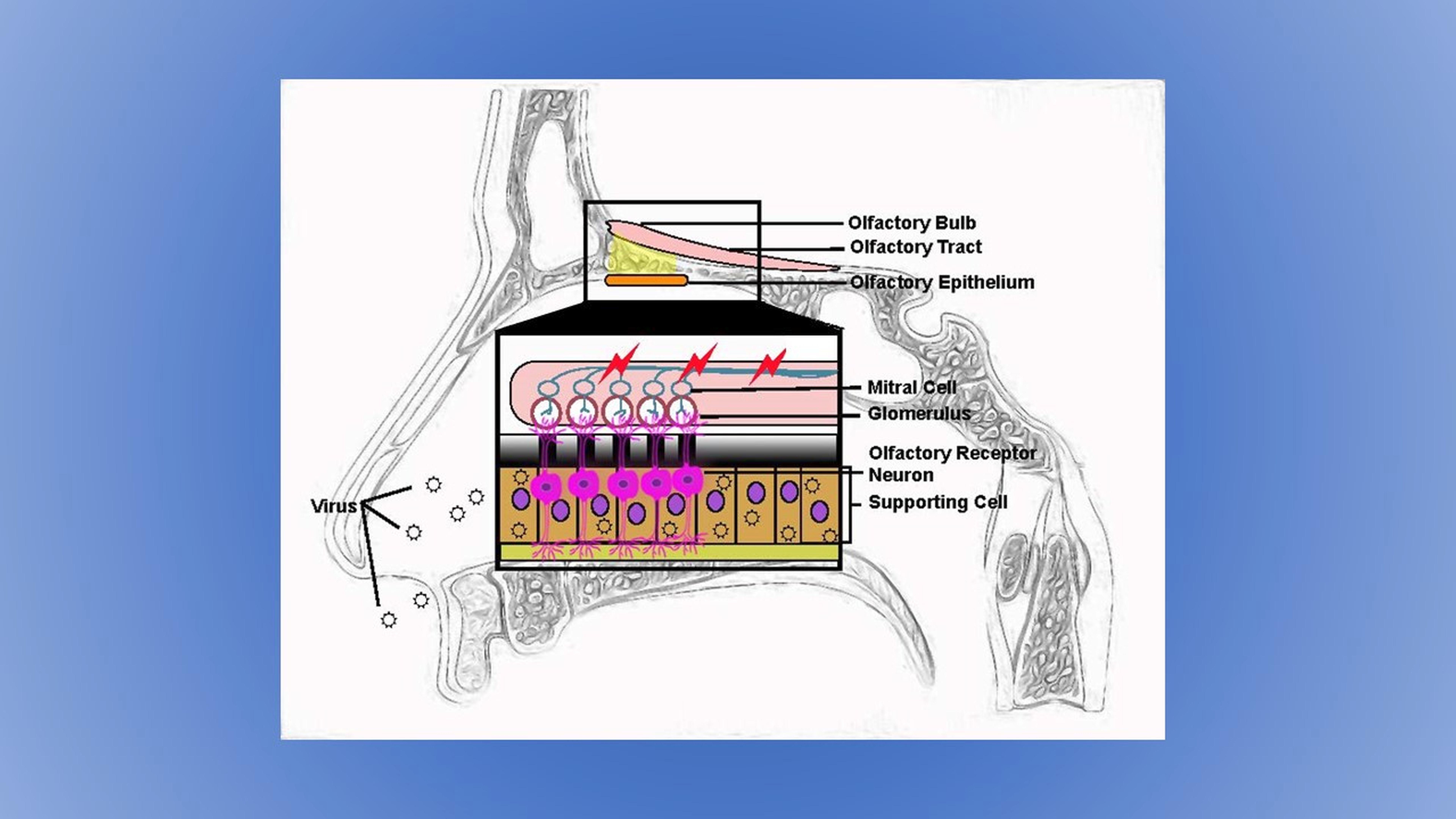
Inflammation, Rather Than Virus Provoking It, May Be Key to COVID-19 Loss of Smell
Johns Hopkins Medicine-led study finds inflammation-caused nerve damage weakens odor signals to the brain
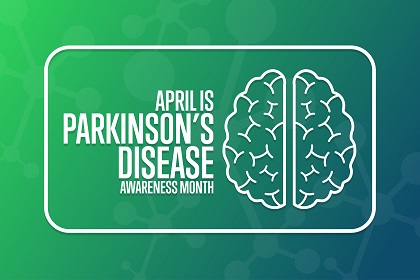
April is Parkinson’s Disease Awareness Month
Parkinson’s Disease Awareness month is dedicated to raising awareness and support for patients suffering from this progressive brain disorder. Learn more about Parkinson’s disease, treatment options and support for those with Parkinson’s.
UC San Diego-Led Team Receives $9M to Advance Parkinson’s Disease Treatments
A new $9 million grant from Aligning Science Across Parkinson’s (ASAP) will enable advancement of UC San Diego’s discovery that inhibiting a single gene in mice converts other cell types directly into new neurons, alleviating all Parkinson’s symptoms.
Scientists uncover a gene involved in sexual conflict in fruit flies
Sexual conflict in fruit flies is governed by specifically wired neurons in the brain which have been pinpointed by scientists at the University of Birmingham, UK.
Focused Ultrasound Breakthroughs from the Summer of 2021
Here are eight amazing developments in the use of Focused Ultrasound from just the last three months, including: treating cancerous tumours, triggering the targeted release of medicine in the body, immunotherapy, and pain management. See more in the Focused Ultrasound Channel